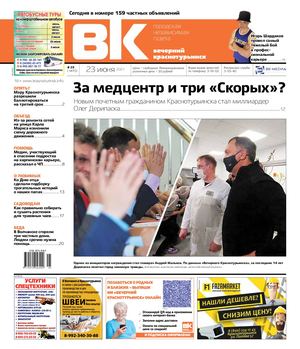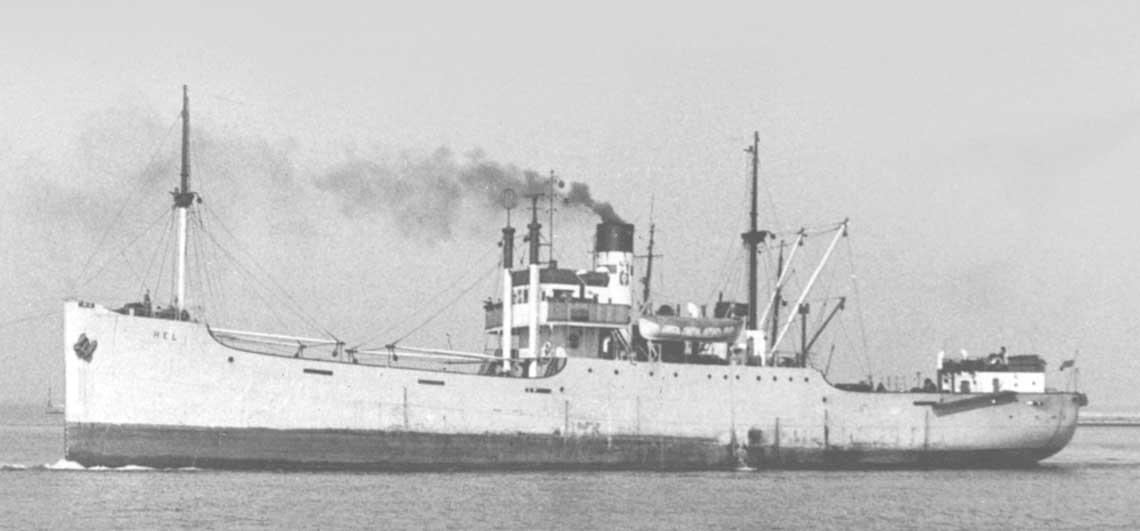
civilian miners

Cargo ship in Hel. Photo by J. Ukleevski
In the first decade after the end of the Great Patriotic War, the development of the Navy was a very slow process. The ships were - unfortunately - a hodgepodge of the remnants of the pre-war fleet, American surpluses, the grace of the Soviet authorities and what was found in the ports after the liberation of the Coastal region. Candidates for military service were also searched for in civilian clothes. This track was followed, among other things, when considering the construction of large installers, min.
In the accepted prerequisites for the defense of the Polish sea coast at the turn of the 40s and 50s, it was decided that tactics would be based on the creation of artillery and mine positions, i.e. minefields of coastal artillery batteries defended by fire. In addition, on the beaches, three Antiamphibious brigades, buried in the fortified areas of the battalion and company, had to fight the expected enemy landings. On the one hand, Poland was obliged to clear the water area in its area of responsibility from mines placed during the war, and had to maintain a rather large, for the conditions of that time, minesweeper flotilla, on the other hand, while planning actions in case of war, it was looking for units which, if necessary, will be required, capable of delivering a large number of new mines.
Looking for abilities
In 16-1946, 1948 minesweepers appeared in the fleet. In 1950, only 12 of them remained for mine action tasks, of which 3 were larger minesweepers of the BIMS type of American construction and 9 Soviet minesweepers 253L of Soviet design. In turn, there were no real miners, and the chances of finding them quickly were slim. True, the destroyer ORP Błyskawica had mine tracks on board, as well as pre-war and Soviet-built minesweepers, and even two submarines could lay mines, but this was not what decision makers in naval uniform were. about.
Another issue to be considered was whether units of this class were needed by the Navy in times of peace or only in case of war. None of the development plans prepared in the 40s and 50s for the "P" period provided for the implementation of the miners. Meanwhile, in the first half of the 50s, projects for the possession of such ships were considered quite often. Moreover, correspondence with the shipyards assumed that work on the finally approved ones would begin no earlier than 1954, but usually ended at the stage of preparing technical drawings and descriptions.
It was not possible to build ships of this class from scratch, so I had to look for another solution. Of course, the easiest thing to do was to rebuild the right merchant ship, as other navies often did. The search for candidates began in 1951 and it was a wider campaign aimed at shortening the path to obtaining ships of many classes, for example, hydrographic and rescue units, degaussing stations or mother ships. In the case of the heroes of this article, it has been calculated that units with a displacement of more than 2500 tons, capable of quickly turning around in about 150-200 minutes at a time, will be required. When the census of the merchant fleet was ready in June 1951, candidates for a new role were found even in the event of a possible armed conflict. The vessels Oksywie with an estimated capacity of 150-200 minutes, Hel and Puck (200-250 minutes each) and Lublin (300-400 minutes) were chosen as the most suitable for the construction of mine pens.
The prepared list was the beginning of thinking about the need to have miners. The question was only during the "Z" or also in peacetime? The answer to this question is not obvious, although later organizational measures did not imply permanent ownership of ships of this class. The above list of ships from June 1951 has not been forgotten. He started a discussion about the possible seizure of specific ships, barges and auxiliary rolling stock for the needs of the Navy.
